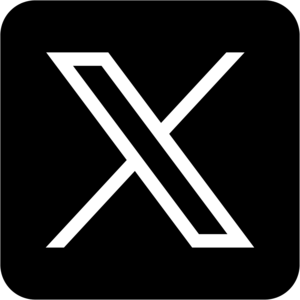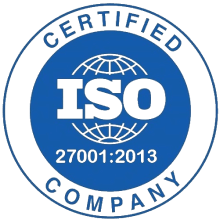Learn how to automate product recommendations for your e-commerce business using WhatsApp and Pabbly Chatflow. Step-by-step tutorial included. This detailed guide shows you how to build powerful chat automation that engages visitors and converts prospects—without any coding required.
Watch Step By Step Video Tutorial Below
1. Accessing Pabbly Chatflow for WhatsApp Automation
To start automating product recommendations for your e-commerce business through WhatsApp, you need to access Pabbly Chatflow. Simply type the URL Pabbly.com/chatflow into your browser. Once you arrive at the landing page, you will see options to sign in or sign up for free.
If you are a new user, click on the Sign Up Free button to create an account. Existing users can log in directly. Signing up gives you access to 100 free credits every month, allowing you to practice and explore Pabbly Chatflow features.
2. Creating a WhatsApp Chatbot with Pabbly Chatflow
Once logged into Pabbly Chatflow, you will be directed to the dashboard. Here, you can see the connected WhatsApp numbers. To create a WhatsApp chatbot, click on the Add WhatsApp Number button. You can choose between WhatsApp connect or manual token connect options.
- Select WhatsApp Connect for direct integration.
- Choose Manual Token Connect if you prefer that method.
After connecting your WhatsApp number, navigate to the Flows section in the sidebar. Click on the Add Flow button to start building your chatbot. Name your flow ‘Automate Product Recommendations for E-commerce Business’ and set the trigger event to Keyword Reject Match.
3. Designing the Chatbot Flow in Pabbly Chatflow
In this step, you will design the flow of your chatbot using Pabbly Chatflow. Start by dragging and dropping the List option to create a list of product categories. Set the header to ‘Welcome’ and the body to something engaging like ‘Hi, welcome to XYZ store. What would you like to explore?’.
- Add sections for categories: Fashion, Beauty and Skincare, Electronics.
- For each category, create a list of products.
For example, under the Fashion category, you can add items like ‘Summer Dress’ and ‘Denim Jacket’. Ensure to include a button for each item labeled Buy Now. This setup allows customers to easily navigate through your product offerings.
4. Interacting with Customers through Pabbly Chatflow
Now that your chatbot flow is designed, you need to set up interactions with customers using Pabbly Chatflow. When a user clicks the Buy Now button, use the Ask Question action to prompt for their full name and address. This information is crucial for processing their orders.
Ask for the full name and save it in a contact custom field. Follow up by asking for the customer’s address.
After collecting the necessary information, send a personalized thank-you message to the customer. Use a template like ‘Thank you, {full_name}, for shopping with us! Your order has been placed.’ This personalization enhances customer engagement and satisfaction.
5. Testing Your WhatsApp Chatbot with Pabbly Chatflow
Once your chatbot is fully set up in Pabbly Chatflow, it’s time to test its functionality. Send a message to the connected WhatsApp number, and the chatbot should respond with a welcome message and display the product categories.
As you interact with the chatbot, ensure that it correctly follows the flow you designed. Check that it provides the right product recommendations and captures customer information accurately. This testing phase is essential to ensure a seamless customer experience.
Conclusion
Automating product recommendations for your e-commerce business using WhatsApp and Pabbly Chatflow can significantly enhance customer engagement. By following this step-by-step guide, you can create a personalized chatbot that streamlines the shopping experience for your customers. Start using Pabbly Chatflow today to transform your e-commerce operations!
Ensure you check out Pabbly Connect to create business automation workflows and reduce manual tasks. Pabbly Connect currently offer integration with 2,000+ applications.
- Check out Pabbly Connect – Automate your business workflows effortlessly!
- Sign Up Free – Start your journey with ease!
- 10,000+ Video Tutorials – Learn step by step!
- Join Pabbly Facebook Group – Connect with 21,000+ like minded people!






